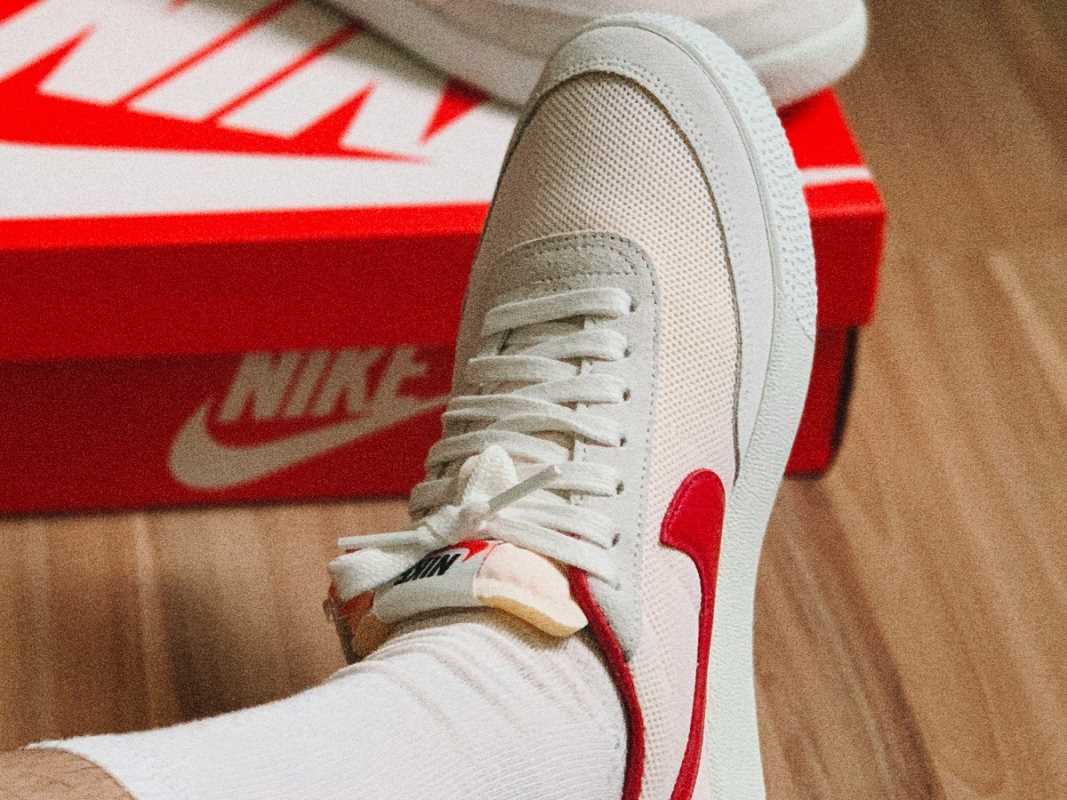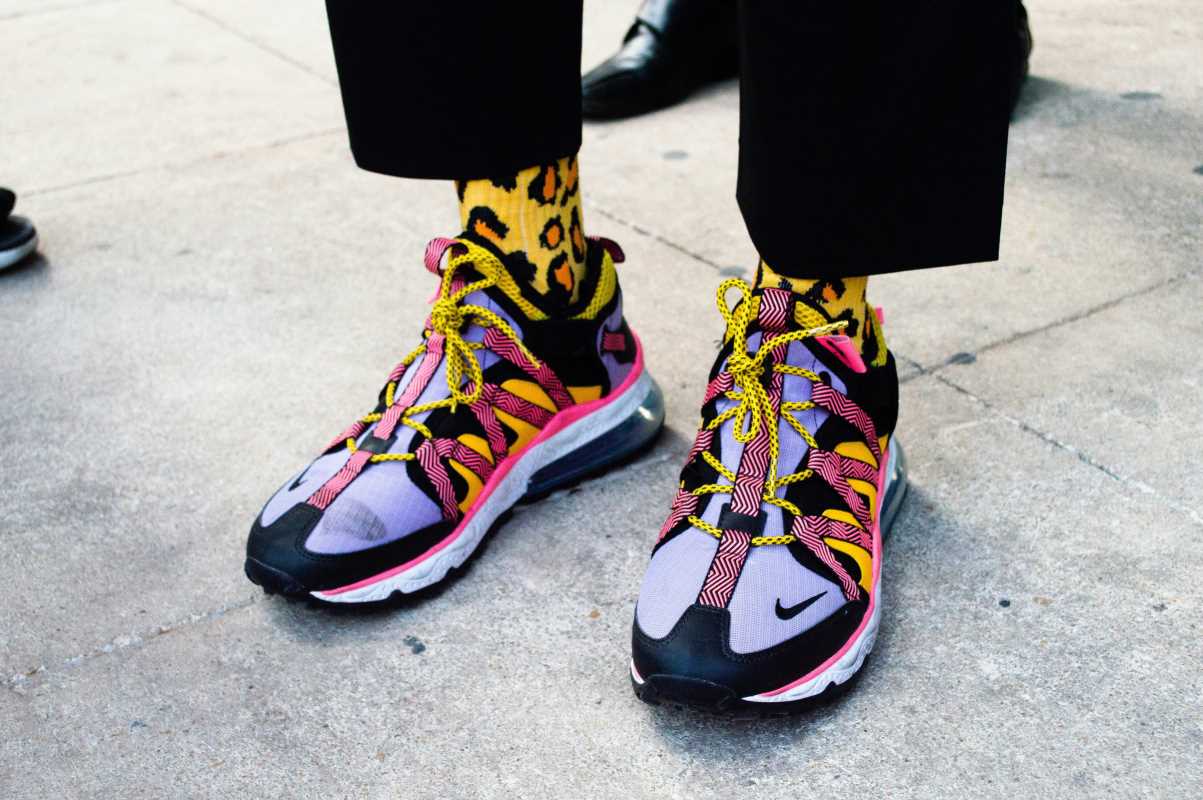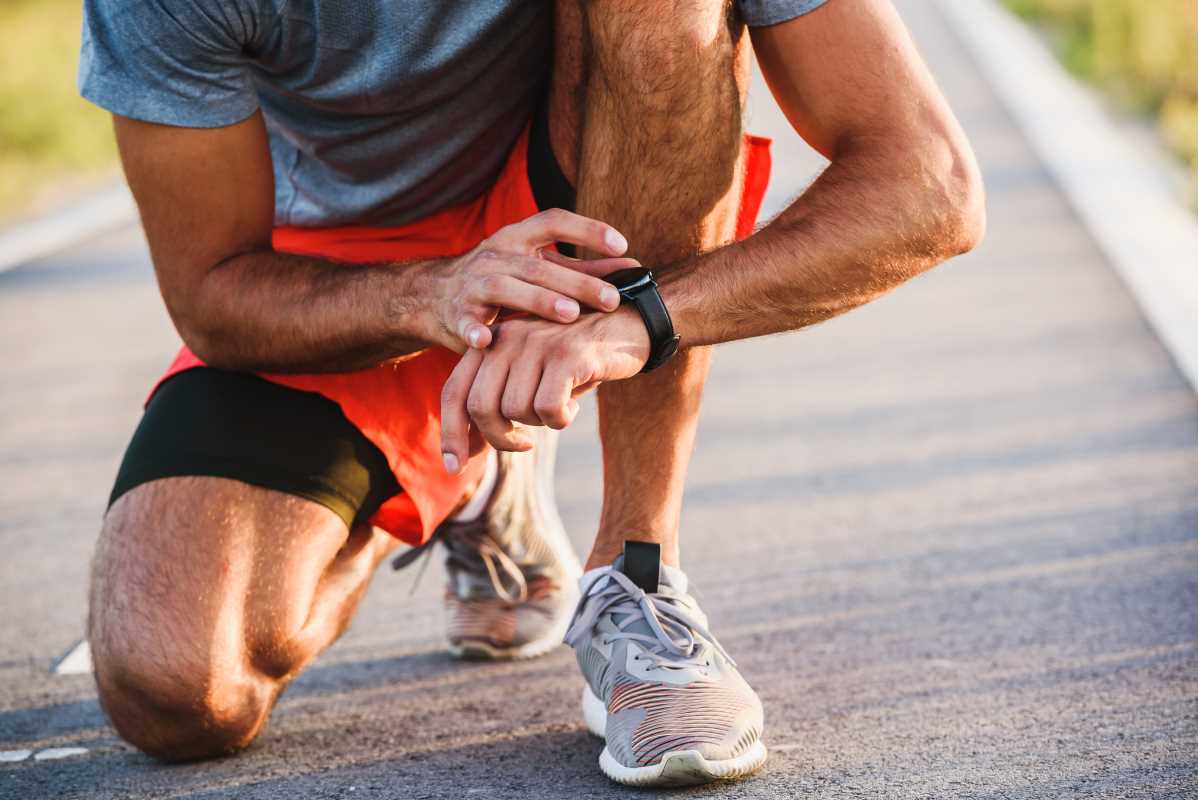New advances in athletic materials are changing the way people dress for exercise, combining high performance and everyday style. Modern training gear now uses fabrics that quickly draw sweat away, help control body temperature, and support muscles, all while maintaining a sleek look. Environmental concerns have also led to the use of more sustainable textiles that don’t compromise on quality. These seven innovations bring practical benefits, such as quicker warm-ups, less chafing, and even built-in technology for tracking performance. Whether running intervals on the track or meeting friends after a workout, you can count on comfort, durability, and a sense of style with every piece.
Breakthrough Moisture-Wicking Innovations
Traditional cotton can feel heavy and sticky when sweat sets in, slowing recovery and causing distractions. Modern moisture-wicking fabrics like CoolDry and AirFlow Pro use dual-layer constructions: the inner face pulls moisture away from skin, while the outer layer spreads it across the surface to evaporate quickly. You’ll notice a lighter feel during intense drills and no wet clinging in between sets.
Brands such as SwiftFit feature these fabrics in tank tops and leggings built for HIIT sessions. Runners find that moisture-wicking tops reduce chafing along the ribs and underarms. Gym-goers appreciate that shirts stay fresh longer—less time rewashing means more training time.
Advanced Temperature-Regulating Fabrics
When workouts push body heat beyond comfort thresholds, specialized fabrics step in. Materials like ThermaCore incorporate phase-change microcapsules that absorb excess heat when you peak at high temperatures and release it as you cool down. This self-regulating action keeps muscle temperature in an optimal range for power output and injury prevention.
Trail runners and cyclists benefit from jackets lined with these textiles, which adapt to shifts between sunlit climbs and shaded descents. Yoga enthusiasts have flocked to leggings that prevent overheating during hot classes, maintaining focus rather than distraction by sweat or chills.
Next-Gen Compression and Support Materials
Compression gear offers more than just tightness. The latest yarns use graduated compression zones that apply targeted pressure—higher around the calves and quads to boost venous return, lighter around joints to allow natural motion. These discreet tension patterns feel tailor-made for marathons or weightlifting routines.
Brands like MuscleEase have used engineered seamless knitting to eliminate seams that pinch or rub. Wearers experience less muscle vibration, delayed fatigue, and quicker recovery after training. Even casual joggers notice the difference: longer stride comfort and less soreness the next morning.
Eco-Friendly High-Performance Textiles
People who prioritize sustainability want performance gear without a heavy environmental impact. Recycled polyester and ocean-bound plastic fibers are upcycled into durable, stretchable training wear. Some makers include bamboo charcoal fibers for natural odor resistance and UV protection.
Lines such as GreenStride showcase tees and shorts that match virgin polyester in moisture management and durability. Eco-conscious athletes value transparent sourcing and less landfill waste, proving responsible choices can still look and feel high-end.
Smart and Connected Fabric Technologies
Wearable tech now directly integrates with textiles, embedding sensors in workout shirts and shorts. The main features include:
- Biometric tracking: Conductive yarns measure heart rate, respiration, and muscle activation in real time.
- Wireless connectivity: Built-in Bluetooth modules sync data to a smartphone app without bulky attachments.
- Dynamic feedback: LED indicators woven into fabric signal intensity thresholds or suggest hydration breaks.
- Washable electronics: Robust encapsulation ensures that smart panels endure repeated laundering cycles.
Clinical studies show athletes using sensor-embedded gear improve training load management more efficiently, reducing injury risk by spotting fatigue early. Whether you’re mastering plyometrics or logging endless miles, tracking performance through fabric eliminates the need for extra gadgets.
Style Meets Function: Trend-Forward Designs
As technology advances, silhouettes and patterns also evolve. Functional wear now draws inspiration from high fashion, helping athletes feel confident both inside and outside the gym.
- Monochrome Minimalism: Clean lines and tonal palettes highlight fabric performance rather than flashy logos. This classic style seamlessly fits into streetwear.
- Bold Geometric Panels: Contrasting mesh panels and angular color-blocking emphasize ventilated zones while creating a striking look.
- Reflective Accents: Microreflective threads glow under flash photography—ideal for early morning runs and evening meetups.
- Convertible Elements: Zip-off sleeves, adjustable hems, and detachable belts increase versatility so one piece transitions from workout to casual outings.
- Custom Prints: Sublimation printing allows moisture-wicking fabrics to display vivid, fade-resistant graphics that reflect personal style.
These style trends balance performance features with modern aesthetics. Athletes can confidently pursue their goals knowing their gear looks as good as it performs.
These fabrics enhance athletic apparel with features like moisture management, temperature control, and sustainable materials.
 (Image via
(Image via





